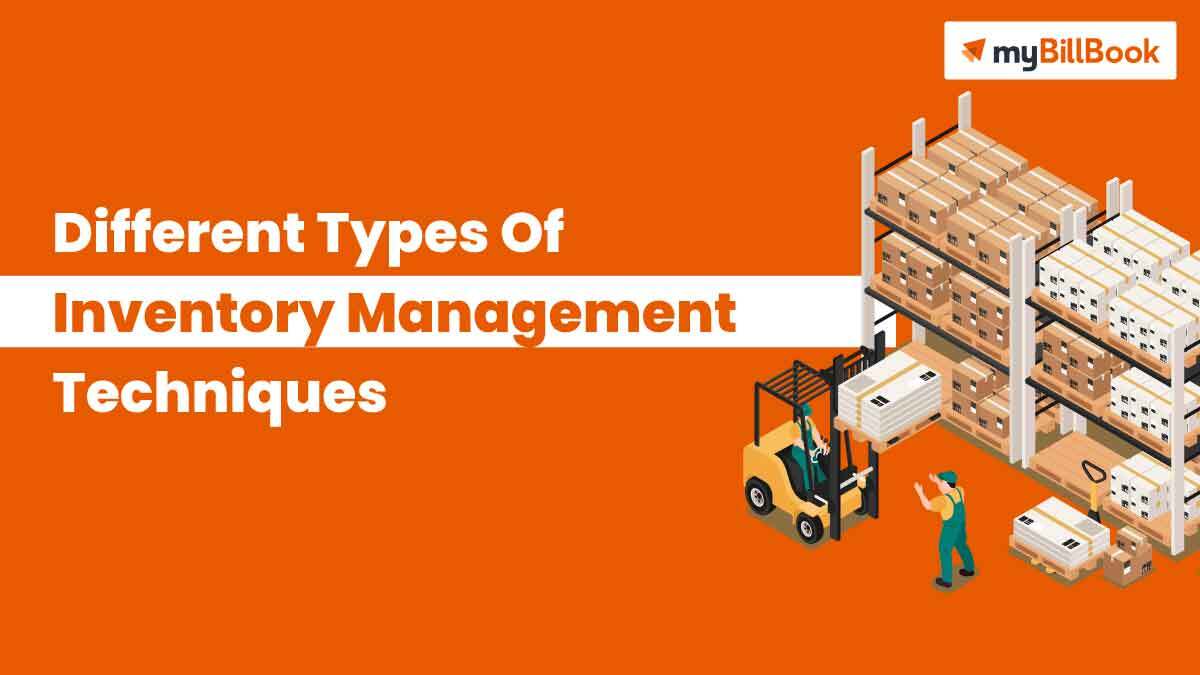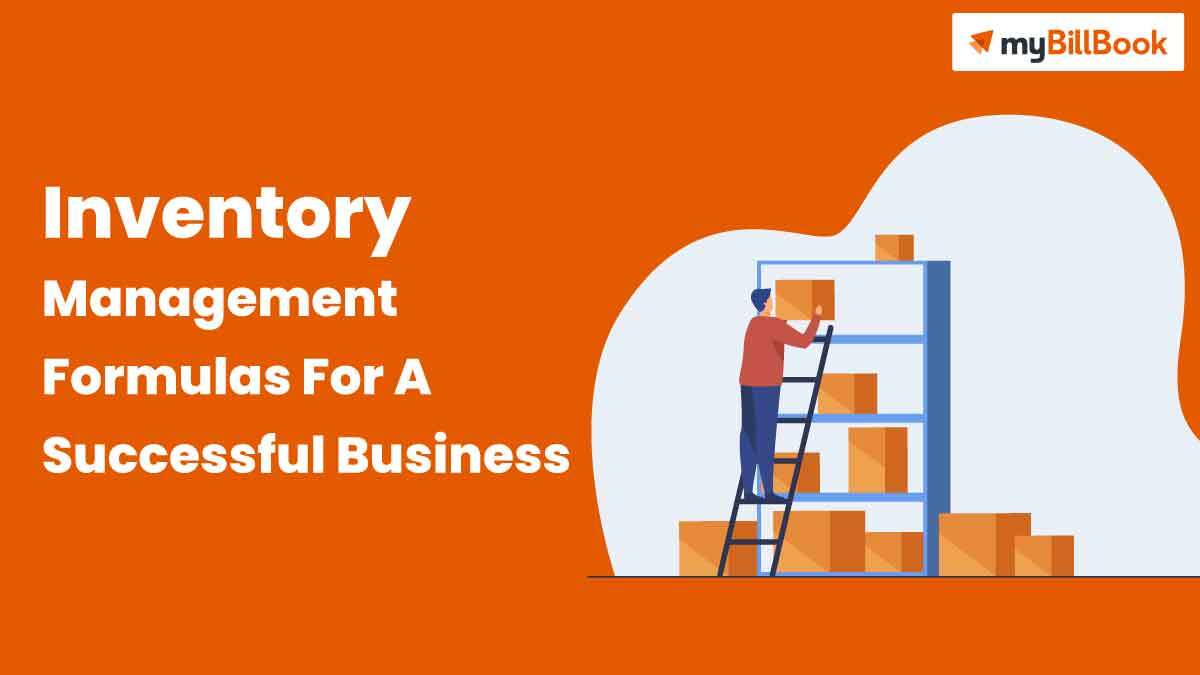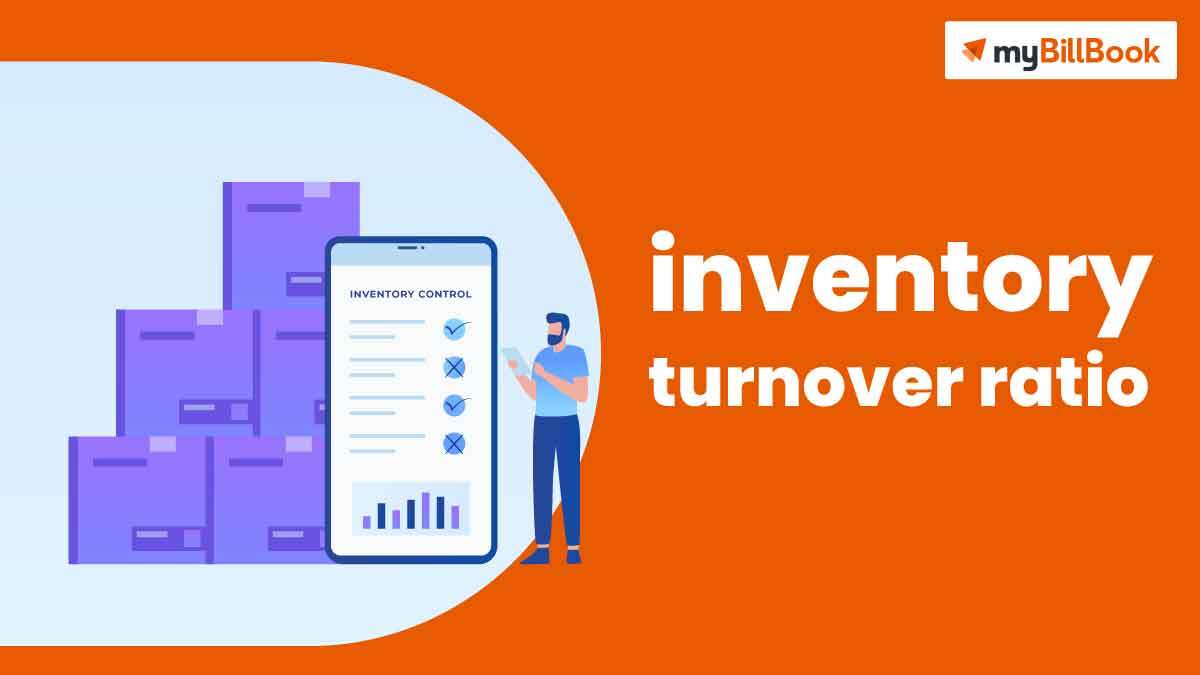Inventory management techniques:
Only by adopting effective methods of inventory management as per the standard the inventory management techniques will be successful. Depending on the size, kind, and product offerings of a business, several different techniques of inventory management can be implemented. To understand which inventory management techniques will work best for your firm, you may refer to the following list.
1. ABC Analysis:
This method of inventory management identifies the most popular and least popular stock types. The ABC inventory management technique is a strategy that organises products into categories according to their level of significance, with category A being the most valuable and category C being the least valuable. More valuable items should be given greater attention.
Although there are no definitive principles, ABC analysis prioritises annual consumption quantities, inventory value, and pricing significance. The key is to run each category separately, especially when selective control, budgeting, and allocating people are needed.
2. Batch Tracking:
This works well for perishable goods. If a batch-specific product has a problem, you may trace and recall it easily. In addition, expiry dates and damaged items can be supervised by grouping comparable items together.
3. Bulk Shipments:
This inventory management technique is predicated on the idea that it is nearly always more cost-effective to buy and transport commodities in large quantities. As a result, shipping in bulk is one of the most prevalent methods in the market, and it may be utilised for products with large customer demand.
This strategy considers unpackaged supplies that suppliers immediately load into ships or containers. It requires purchasing, storing, and shipping large quantities of inventory. These are an excellent choice for your organisation if you regularly place large unpackaged product orders. Such examples include petroleum, cereals, and gravel.
4. Consignment:
Consignment is when a wholesaler gives inventory to a retailer but continues to retain ownership of the goods until it is sold. At that point, the retailer will buy the stock that has been deleted from the wholesaler’s inventory. From the retailer’s standpoint, selling on consignment typically entails a significant amount of demand uncertainty, whereas, from the wholesaler’s perspective, it typically involves a considerable amount of confidence.
When your business uses consignment inventory management, it won’t pay its supplier for a product until it’s sold. Additionally, the inventory will remain the property of that supplier until your organisation sells it.
5. Cross-docking:
Cross-docking is unloading incoming semi-trailer vehicles or railroad cars straight onto outbound containers, commercial vehicles, or rail cars. When utilising these kinds of inventory management techniques, you will unload things from a supplier vehicle into a delivery truck in a particular sequence. As a result, warehousing would be largely eliminated.
6. Dropshipping:
In dropshipping, the supplier distributes products directly to the buyer from its warehouse. Among the others, this is an effective inventory management technique that avoids the cost of keeping inventory altogether. In addition, customers’ orders and shipping information can be sent automatically to your manufacturer if you have a dropshipping agreement.
7. EOQ: Economic order quantity
This calculation demonstrates how many inventories a business should order to save holding and other costs. Economic Order Quantity approach focuses on determining how much inventory to order at any time and when to place the order. According to this model, when the inventory approaches the reordering level, the business owner will place a new order for more of it.
The EOQ model contributes to the reduction of ordering expenses and carrying costs incurred during the process of placing an order. In addition, the EOQ model assists the business in putting the appropriate amount of inventory.
8. FIFO and LIFO:
First in, first-out (FIFO) is that the oldest stock is moved first. On the other hand, the principle of “last-in, first-out” (LIFO) emphasises that prices almost always go up; hence, the purchased inventory will be the most expensive and sold first.
First-in, first-out is the practice of selling to consumers the items that reached your inventory first. This is one of the inventory management techniques that assure you that your customer receives only fresh products. You should use this if your products are perishable or prone to deterioration.
Last-in, First-out is acceptable if the things you sell have a long life span while being stored for lengthy periods. For example, it’s like selling electrical wires or other construction supplies that can still be sold later. LIFO saves time by organising inventories by delivery date.
9. JIT: Just-in-time inventory
This inventory management technique is applied by businesses to keep inventory levels as low as possible before ordering any more. With Just-In-Time (JIT) inventory management, a business’s inventory is kept minimum. However, it is a risky strategy because inventory is only purchased a few days before it is required for distribution or sales.
Organisations benefit from JIT’s potential to reduce inventory holding costs while also eliminating the accumulation of “deadstock,” or capital that is frozen and waiting for use.
However, it also necessitates that organisations be very adaptable and capable of handling a far shorter production cycle.
10. MRP (Materials Requirements Planning):
Material Requirements Planning is the technique of inventory management in which manufacturers order goods in consideration of forecasting demand. The MRP system incorporates inventory-related data from several business departments. The manager will properly place orders for fresh inventory with material suppliers based on market data and demand. In addition, this system manages factory planning, scheduling, and inventory control.
11. Perpetual inventory control:
This technique of inventory management involves documenting stock sales and consumption in real time. This is your inventory’s continual monitoring. It keeps tracking all the changes to your stock in real time, like when an item is bought, when a good is moved, or when a product is delivered from your supplier.
12. Safety stock:
This refers to having additional stock of the goods in your warehouse to avoid running out. For example, when you anticipate a possible shortfall on the part of the supplier or a problem with delivery, this ensures that you will have the products in stock in your warehouse.
In addition, it ensures that you are always ready for any circumstances or events that may include a sudden increase in the number of sales of a particular product, even though this inventory management technique increases the expense of managing your inventory.
13. Fast, Slow & Non-moving (FSN) technique:
The FSN technique of inventory management is highly effective at managing obsolescence. Some inventory goods are needed regularly, while others are not. So, this method sorts inventory into three groups: inventory that moves quickly, inventory that moves slowly, and inventory that doesn’t move at all. Based on how much inventory is being used, a new order for inventory is made.
How to make inventory management more effective?
1. Pay attention to what you need
An inventory-filled warehouse might be a challenging task. To make it easier to keep track of everything, focus on the most critical things first. Customers will not likely want the same number of each item in your warehouse. If you keep a steady supply of your best-selling products on hand, you’ll be well to satisfy your customers.
2. Collaborate with suppliers
Businesses that depend on inventory must maintain healthy relationships with their suppliers. Likewise, it’s important to build good relationships with your business’s key suppliers to get reliable supplies, get competitive prices, and keep up with new trends that could affect your business.
3. Establish a method for the inventory control
Order amounts, replenishment cycle periods, safety stock, predictions, seasonality, and more are essential. Make adjustments to each process so that they are customised to your specific business, and keep note of what is successful and what is not. It can be better to make a big change in one area than make a few small changes everywhere.
4. Use the real-time information
When information is accurate and relevant, it may be a powerful tool. Real-time data and analytics, including integrated inventory management, forecasting data, automatic ordering, and customised safety stock, can significantly impact your organisation. Consider adopting perpetual inventory management systems for the most reliable data, as it is the best among the methods of inventory management to ensure you always have access to the information you need.
5. Become digital
The development of mobile technologies has transformed inventory management. Scanning barcodes, for example, expedite the receipting and tracking of items and helps eliminate errors. The use of sales apps, on the other hand, provides mobile salespeople with access to inventory data. In your warehouse, you are no longer required to be connected to a computer. Whether you’re at work, on vacation, or somewhere else, you can closely watch critical business activities.
6. Establish a strategy for inventory management
Inventory management on an ad hoc basis can only take you so far. To effectively manage your inventory, you will require an inventory control system. It is critical to select an appropriate system for your company’s specific requirements. For example, when Sam’s company was just getting started, she might have been able to control her inventory with the help of spreadsheets. On the other hand, a global stock-based firm like Amazon needs a bespoke, comprehensive solution to handle its many daily requests.
Conclusion:
Inventory control is a crucial aspect of every organisation. Excellent inventory management software can decrease costs like warehousing, inventory carrying, ordering, obsolescence, etc. It improves the industry’s supply chain. Managers can predict when to place inventory orders based on production. Due to inventory management and control, businesses must take all required measures. If you have an inventory management system, it may help you perform these approaches to your company by integrating seamlessly with other software, which will make you more efficient.
Inventory management involves managing raw materials and final products from manufacturing facilities to warehouses and, eventually, retail stores. It ensures that the appropriate kind of products may be acquired at the right location, in the perfect amount, at the right time, and for the best price. The management of inventories ensures that there is inventory available at warehouses, dealers, and distributors before there are stockouts. As a result, supply chain management has a vital role to play in it. Also, it reorders, restocks, prices, and distributes products based on market demand. On-time product delivery reduces scarcity and extra inventory and boosts customer satisfaction and sales. Regular stock reviews, just-in-time production, and ABC analysis are among the most significant inventory management techniques objective is to decrease the amount of money spent on stock purchases while maintaining the same level of profitability. Maintaining appropriate accounting records and doing routine physical stock counts can enhance inventory management efforts. A solution that provides real-time visibility into your organisation's inventory can aid stakeholders in making crucial business choices. Additionally, you should be mindful of a stock's condition, especially when working with perishable goods. Unsold warehoused products tie up working capital. Streamlining the supply chain prevents you from overstocking. Improving inventory management methods enables you to avoid storing, picking, and shipping errors that diminish sales. Inventory management techniques aim to maximise customer satisfaction and save costs. The company's inventory management strategy is outlined in its policies. Enterprise resource planning (ERP), which tracks and gives insights into supply chain operations, accounting, and purchasing and consolidates the information and makes it available in one location, is beneficial for inventory management. Keeping too much or too little stock is a sign of poor inventory management techniques. The idea of a perfect equilibrium might shift in response to shifts in demand: Sales fluctuate in response to shifting fashions and climatic conditions. Ineffective stock management raises expenses and decreases profits.Frequently Asked Questions
What does inventory management involve?
Why is it so vital to properly manage inventory?
What are the techniques of inventory management?
What objectives does inventory management serve?
How can we make the inventory management techniques process better?
What effects do inventory management techniques have on working capital?
What are the principles of the inventory management system?
How does ERP help with inventory management?
How do you identify poor inventory control?
Read more relatedarticles:
Guide To Invoice
Guide To Inventory Management
Guide To Inventory Control
Guide To Bookkeeping
Debit Note Guide
Inventory Turnover Ratio







